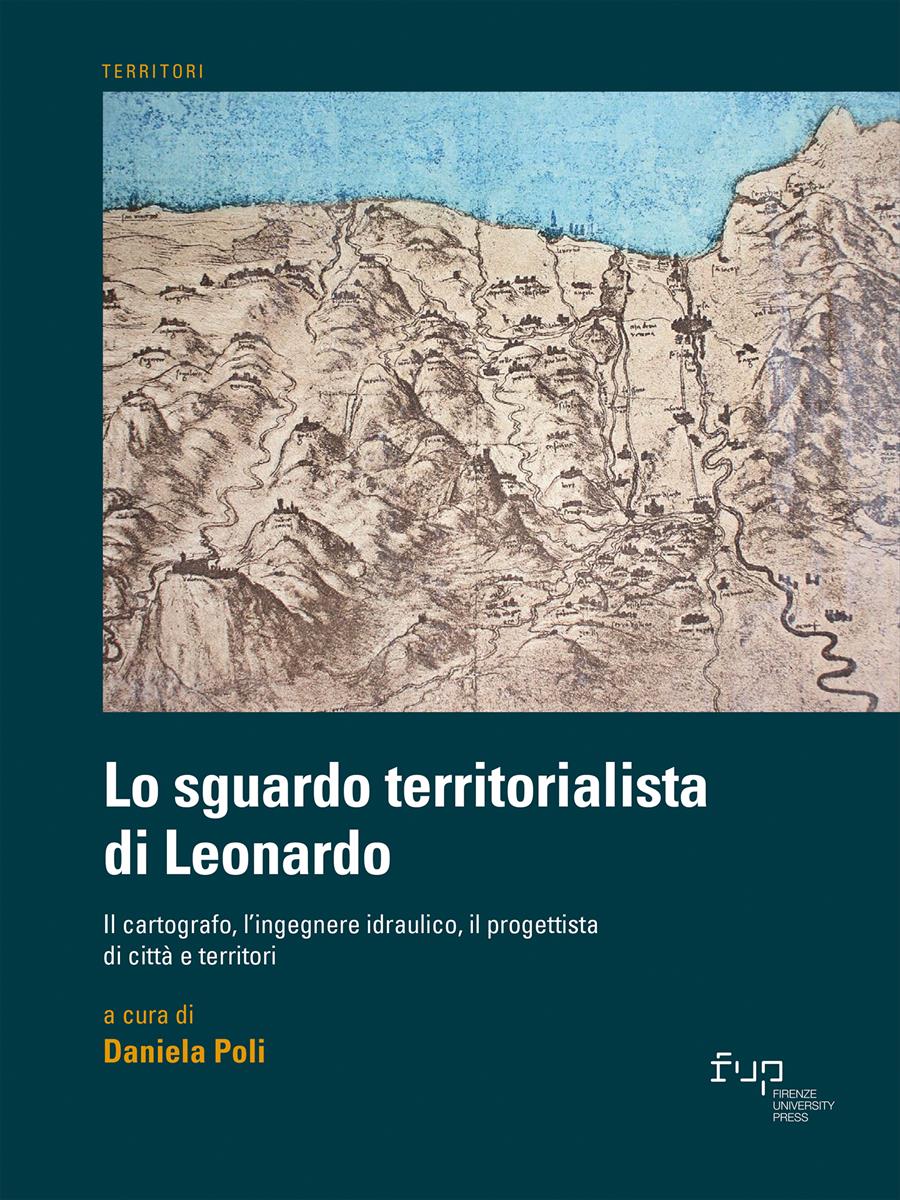- Lo sguardo territorialista di Leonardo
- Edited by Daniela Poli
Leonardo a Faenza? Precisazioni e ipotesi a margine della spedizione borgiana in Romagna
- Daniele Pascale Guidotti Magnani
- © 2023 Author(s) |
- CC BY 4.0
- DOI: 10.36253/978-88-5518-514-1.28
During Cesare Borgia’s expedition in Romagna, Leonardo da Vinci designed many public works for Cesena but it is still unclear if he worked in other cities of the region. In particular, a possible passage through Faenza should be investigated. Some scholars think that a drawing of Leonardo’s notebook L (Paris, Institut de France) could be a representation of Faenza cathedral, but this attribution is disputed. Moreover, in Faenza’s countryside there are some original castles with hexagonal, rhomboid or ogival plan. It is not clear if Leonardo knew these buildings, perhaps even before the Borgian military campaign.
- Keywords:
- Leonardo,
- Faenza,
- Romagna,
- Cesare Borgia,
- military architecture,
Daniele Pascale Guidotti Magnani
University of Bologna, Italy - ORCID: 0000-0002-4181-2342
- Cirelli E., Ferreri D. (2015), “Vivere e morire nel castello di Rontana. Lo sfruttamento del gesso in un insediamento di fondazione medievale della valle del Lamone”, Memorie dell’Istituto Italiano di Speleologia, s. II, n. 28, pp. 546-568.
- Cirelli E., Ferreri D. (2018), “Le fortificazioni del castello di Rontana nel Medioevo (VII-XV sec.)”, in Sogliani F., Gargiulo B., Annunziata E., Vitale V. (a cura di), VIII congresso nazionale di archeologia medievale, All’insegna del Giglio, Firenze, vol. II, pp. 68-71.
- Fiorini A. (2019), I castelli della Romagna. Indagini di archeologia dell’architettura, All’insegna del Giglio, Firenze.
- Lamberini D. (1994), “Giuliano da Maiano e l’architettura militare”, in Id., Lotti M., Lunardi R. (a cura di), Giuliano e la bottega dei da Maiano, Octavo, Firenze, pp. 13-27.
- Lega A. (1989), Fortilizi in Val Lamone, Arnaldo Forni Editore, San Giovanni in Persiceto (ed. or. 1886).
- Marani P.C. (1984), L’architettura fortificata negli studi di Leonardo da Vinci, Leo S. Olschki, Firenze.
- Montalti P. (2002 - a cura di), Leonardo da Vinci e Cesena, Giunti, Firenze.
- Pascale Guidotti Magnani D. (2015), Città e architettura a Faenza nel Rinascimento. Progetti e strategie di rinnovamento urbano nell’età di Carlo II Manfredi (1468-77), Tesi di dottorato in Architettura, Università di Bologna, Bologna.
- Pedretti C. (1977), The literary works by Leonardo da Vinci. Commentary, vol. II, Phaidon, Berkeley.
- Pedretti C. (1978), Leonardo architetto, Electa, Milano.
- Quinterio F. (1996), Giuliano da Maiano ‘grandissimo domestico’, Officina Edizioni, Roma.
- Savioli A. (1959), “L’abside della cattedrale di Faenza”, Bollettino Diocesano di Faenza, n. 46, pp. 43-48, 57-64.
Chapter Information
Chapter Title
Leonardo a Faenza? Precisazioni e ipotesi a margine della spedizione borgiana in Romagna
Authors
Daniele Pascale Guidotti Magnani
Language
Italian
DOI
10.36253/978-88-5518-514-1.28
Peer Reviewed
Publication Year
2023
Copyright Information
© 2023 Author(s)
Content License
Metadata License
Bibliographic Information
Book Title
Lo sguardo territorialista di Leonardo
Book Subtitle
Il cartografo, l’ingegnere idraulico, il progettista di città e territori
Editors
Daniela Poli
Peer Reviewed
Number of Pages
270
Publication Year
2023
Copyright Information
© 2023 Author(s)
Content License
Metadata License
Publisher Name
Firenze University Press
DOI
10.36253/978-88-5518-514-1
ISBN Print
978-88-5518-513-4
eISBN (pdf)
978-88-5518-514-1
eISBN (xml)
978-88-5518-515-8
Series Title
Territori
Series ISSN
2704-5978
Series E-ISSN
2704-579X
